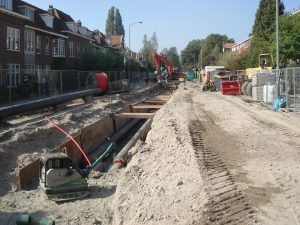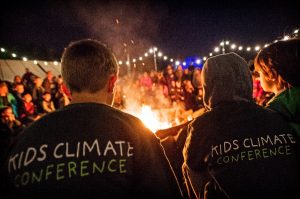
The Drechtsteden: moving away from fossil gas and involving residents in the process
The Dutch government aims to reduce greenhouse gas emissions by 49% compared to 1990 by 2030. This includes the objective to get 1.5 million households off the natural gas grid. The responsibility for this has been allocated to the municipalities. The Drechtsteden, with just short of 300,000 residents, is a small region of seven cooperating municipalities. In order to reduce households’ dependence on fossil gas, several municipalities have begun to construct heat networks using waste incineration, geothermal and aquathermal energy.


